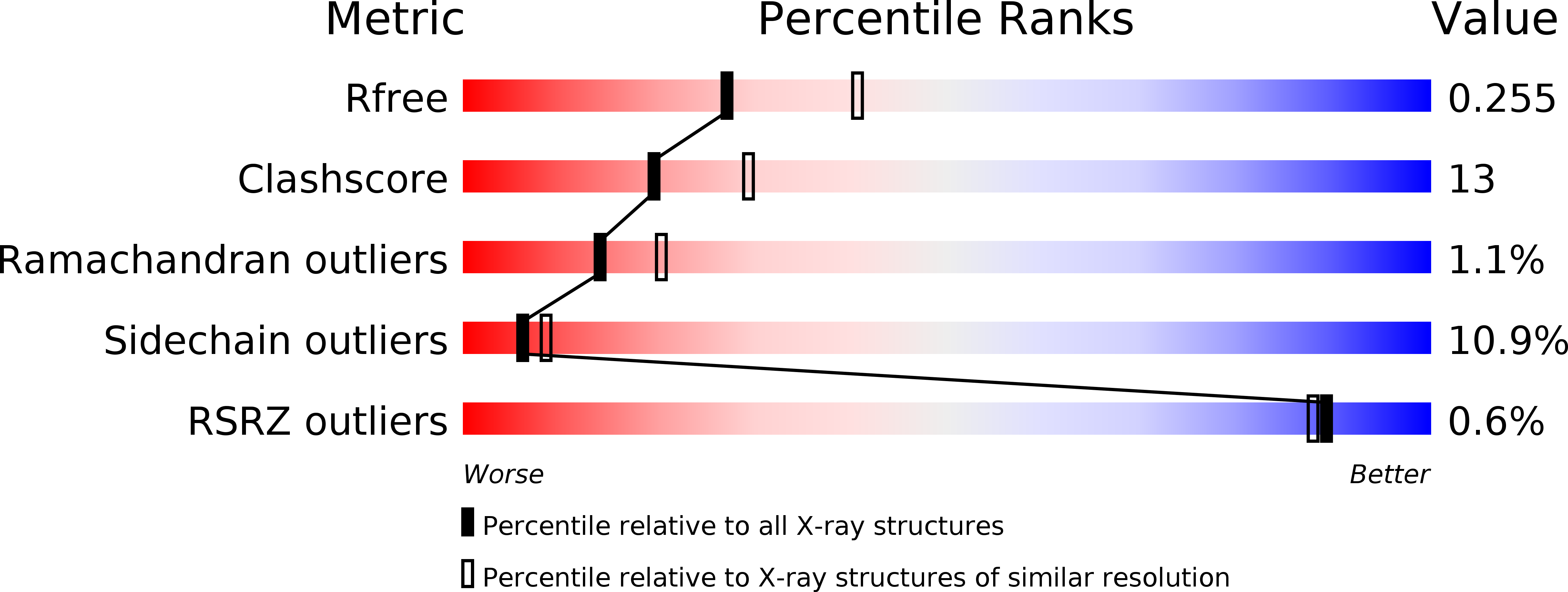
Deposition Date
2008-04-16
Release Date
2009-05-05
Last Version Date
2024-11-13
Entry Detail
PDB ID:
3CU8
Keywords:
Title:
Impaired binding of 14-3-3 to Raf1 is linked to Noonan and LEOPARD syndrome
Biological Source:
Source Organism:
Homo sapiens (Taxon ID: 9606)
Host Organism:
Method Details:
Experimental Method:
Resolution:
2.40 Å
R-Value Free:
0.25
R-Value Work:
0.18
R-Value Observed:
0.19
Space Group:
P 21 21 21


